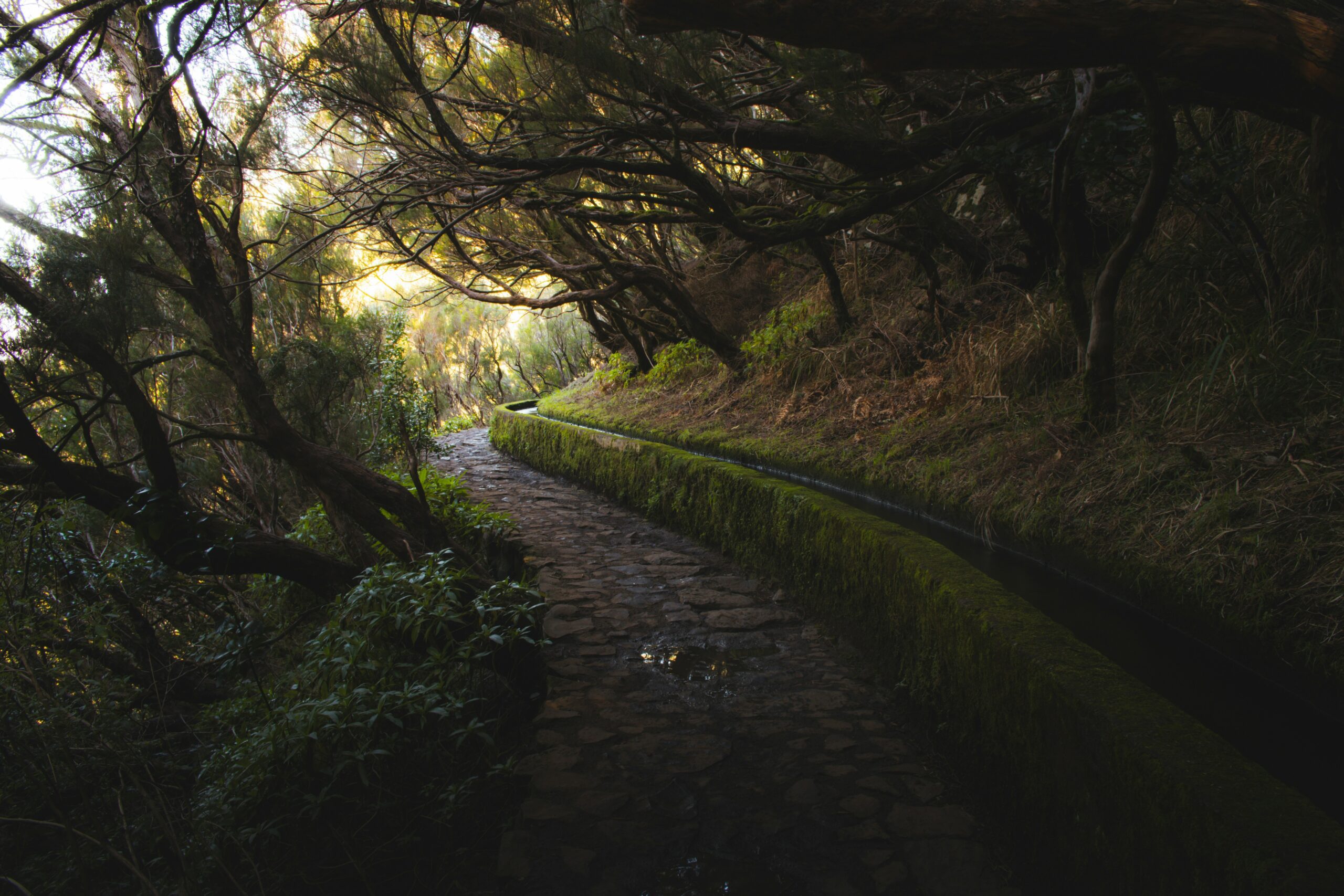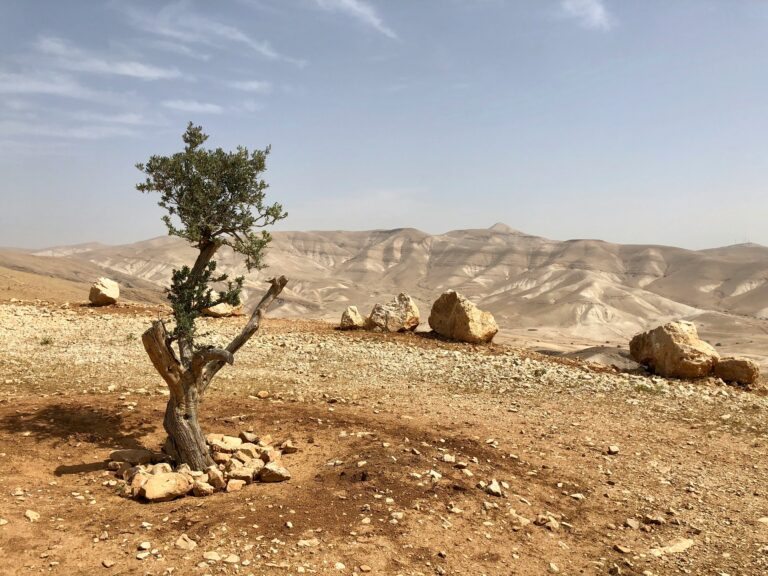Sometimes when we hear people talk about Buddhism with a capital B, it can sound as if they’re talking about a monolithic tradition. Buddhism is in fact a tradition of incredible richness, contrast and variety. Throughout a meandering two and a half thousand year history, Buddhism has reshaped itself again and again. Its forms have mutated and changed through efforts to address differing needs in different places and cultures. Buddhism has evolved, attempting to keep the presentation of its basic truths and methodologies responsive to changing circumstances.
In evolutionary processes, species and environments co-evolve. It’s not only that the environment conditions the adaptation and evolution of the species, species themselves influence and change their environment in a complex process of co-evolution. Similarly, Buddhism has adapted itself to different times and places, and in the process has itself had a transformational influence on those cultures in return. The gilded Baroque feudalism of Buddhism in Tibet, the austere aesthetic and lean existential comedy of Chan, the contrasting formality of institutional Theravada, and the shamanic aura of the forest renunciate. These all reveal the evolutionary vitality of a tradition that has enriched itself through meeting cultural diversity, and in that process exerted a lasting influence on societies, even whole civilizations.
We’d be naive to believe that our approach to dharma practice is insulated from our socialization.
As well as coming into creative and beneficial relationships with many cultures, Buddhism has at times also mutated into withered and reactionary forms, such as the ethnic bigotry of Sinhalese Buddhism, which is implicated in the near genocidal slaughter of Tamil people in recent years. Or the war mongering of Japanese Zen in the 1940s. There too, Buddhism has exerted a significant influence in society, but in these cases, compounding reactionary tendencies, and many of us might be tempted to claim, betraying its core values.
Today we’re living through a period of extraordinary creativity within Buddhism. Once again, it’s changing its shape as practitioners apply its heart teachings to our times. In a sense, this process of adaptation and transformation is more traditionally Buddhist than the preservation of any one of its individual historical forms.
But what will this present transformation mean for Buddhism? Will it herald another vibrant adaptation and beneficial influence to a new setting? Or will it produce a withering alignment with the reactionary tendencies of the contemporary world?

A few decades ago, it seemed to make some sense to frame this phase of adaptation in terms of Western Buddhism. However, as Buddhists never tire of saying, things change. The process of clock rates on social change has ramped up to an unprecedented speed. New technologies, the globalization of capital, production, militarization, communication, and information channels, will mean that more than ever our destinies are tied up with the destiny of the global community. The flow of transcultural influence journeys relentlessly day and night through fiber optics, microwaves, and satellite beams as a continuous digital storm. In an age so characterized by globalization, the idea of Western Buddhism appears like a quaint anachronism.
In recent years, in most of the countries where Buddhism is newly taking root, globalization has largely meant the entrenchment and exploitation of late capitalism, especially in the shape of neoliberal orthodoxy. Rather than talking about emerging contemporary forms of Buddhism as Western Buddhism, perhaps in many cases it might be tempting to frame it instead as Late Capitalist Buddhism.
The Dharma is not immune to the powerful influence of capitalism, which has so far shown itself to be undoubtedly the most dynamic and potent socioeconomic formation in human history. We’d be naive to believe that our approach to Dharma practice is insulated from our socialization. The near ubiquitous sway of neoliberalism and consumerism emphasizing individualistic and narcissistic preoccupations powerfully shapes our interpretation of the world. Late capitalism seeks to define the horizon of possibilities within which many of us practice. Its formations influence what and how we eat, where we live and work, the kind of discussions we have, the music we love, even the ways we constitute and project our identity. Such permeating influences will almost inevitably color our interpretation of Buddhism.
Unless we bring a critical awareness to this influence, instead of Buddhism bringing a radically transformative energy to meet the power of this late capitalist world as a force for much needed change, it could easily be that the liberating potential of Buddhism is diminished by the power of contemporary socioeconomic forces. It could easily be that Buddhism actually becomes colonized by the influence of late capitalist society. It could easily be that the adaptations of Buddhism today unconsciously align with reactionary social tendencies as it has in Sri Lanka in recent years, or Japan in recent decades. Some argue that in part this is already happening.
In Buddhist circles in recent years, there’s been plenty of criticism of Slavoj Žižek’s presentation of Western Buddhism, which he claims presents itself as the remedy against the stress of capitalism’s dynamics. By allowing us to uncouple and retain some inner peace it actually functions as the perfect ideological supplement to late capitalism.
Žižek’s critics have got a few things right. His take on Buddhism is superficial at times and suggests a rather limited familiarity with the tradition. Nevertheless, he does highlight a distinct danger. There are tendencies within Buddhist practice that can lead us into dead ends, draw us towards unintentional withdrawal from the sociopolitical sphere, and consequently towards reactionary collusion. In a late capitalist world, these dangers are supercharged.
Five hundred years after the death of the Buddha, Mahayana Buddhism arose. In part, it was a historical corrective setting itself up polemically against what it called the Hinayana, or the Lesser Vehicle, in which the spiritual ideal was the liberation of the individual. The Mahayana saw that Dharma practice, which concerns itself selectively with the alleviation of our own personal suffering, can entrench us in the view of a separate self compounding our experience of isolation and alienation. We can become trapped in life denying escapism, which falls far short of the true liberation the Dharma holds out to us. As a corrective at the dead end of the Lesser Vehicle, the Mahayana called itself the Greater Vehicle, placing a renewed emphasis on compassionate action and establishing as its spiritual ideal, the liberation of all beings.
Only by placing our efforts to transform ourselves in the context of action for the benefit of the world, can we free ourselves from the prison of self-referentiality that compounds our own suffering.
If historically there’s been a danger that Buddhism can be misinterpreted as a vehicle to save us individually from the unsatisfactory conditions of life, a means to run away, the socioeconomic conditions of the 21st century encouraging a self-interested focus, make that danger all the more real. Unless we’re wide awake to that danger, instead of offering a meaningful path to address suffering in the world, the Dharma is likely to be complicit in the end times of late capitalism. And this point in human history is not a time for running away.
Integral to the genius of Mahayana Buddhism is to emphasize a creative tension between the liberation of oneself and the liberation of others. Right at the heart of Dharma practice, the Mahayana places the aspiration to respond to the suffering of others.
The equivalent emphasis today, antidoting the supercharged pull towards a neo-Hinayanist dead-end, is the corrective emphasis that socially engaged Buddhism and what we call EcoDharma can offer. These approaches emphasize that the individual is nested within the social, and that the social is nested within the ecological, hoping to keep our Dharma practice poised in the midst of the creative tension that Mahayana emphasized. Only by dedicated efforts to transform ourselves can we realize our full potential to be of benefit in the world. Only by placing our efforts to transform ourselves in the context of action for the benefit of the world, can we free ourselves from the prison of self-referentiality that compounds our own suffering. By staying alive to the creative tension between liberation of ourselves and liberation of all beings, living our lives around that edge, we can keep the Dharma beneficially responsive to our times, and we might even grow beyond that tension, sensing what Dilgo Khyentse points to with the words when we recognize the empty nature, the energy to benefit others dawns, effortless and uncontrived.
You can listen to this talk from Guhyapati here.
This article is a transcribed talk from the ecodharma audio series, Buddhist Reflections on Social Action, from members of the Ecodharma Centre Collective in September 2014. It is reprinted with permission.








